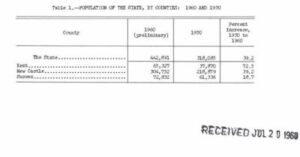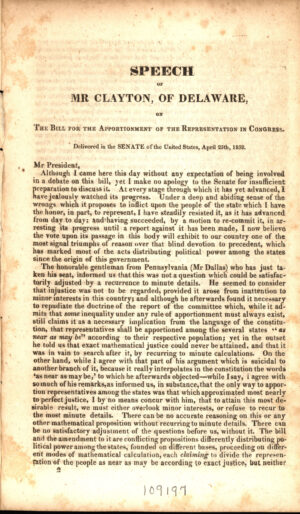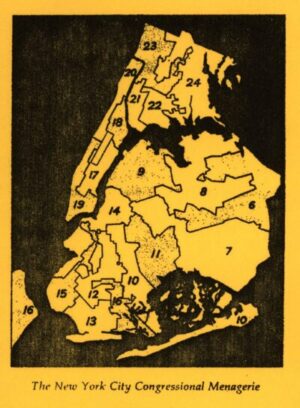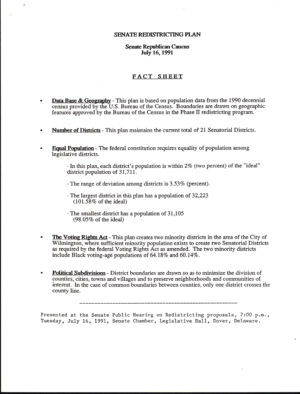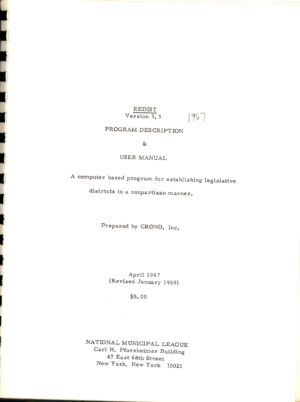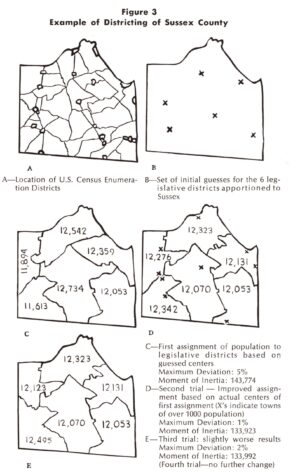The trail to the voting booth begins before any candidate announces their intention to seek office with the apportionment of voters, and the establishment of election districts.
The U.S. Constitution requires the federal government to count all its citizens every ten years, in part to establish the number of House of Representative members each state is allotted. Between the Census (conducted in years ending in “0”) and the subsequent Congressional election (held in years ending in “2”), states are allotted the appropriate number of representatives. The allotment of Congressmen also factors into the number of electors each state gets in the Electoral College for presidential elections.
As with all executive branch employees, Census workers are not permitted to act "politically" while on the job. Given the electoral consequences of the Census, this is doubly important for census workers.
With Census data in hand, state-level redistricting begins. State legislatures or independent commissions create maps for congressional districts based on population and geographic boundaries. A similar process is used to establish state legislative districts for the General Assembly. Delaware is one of 34 states where the state legislature sets the district maps for federal and state elections.
There has always been debate about redistricting and the fairness of how election districts are determined. State legislatures have taken partisan advantage to propose more advantageous election districts; at times, these efforts form creatively shaped districts.
Debates around reapportionment have resulted in numerous proposed solutions, including Constitutional amendments establishing rules for apportionment, and non-partisan redistricting methods.

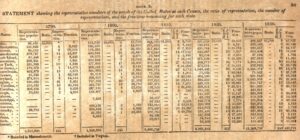

![U.S. Department of Commerce, Bureau of Census, “[Estimated Staffing and Schedule for Conducting the 1960 Census in Delaware],” 1960, from the Senator J. Allen Frear, Jr., papers](https://exhibitions.lib.udel.edu/trail-to-the-voting-booth/wp-content/uploads/sites/97/2020/09/Census_needs_1960_Delaware-e1599166698382.jpg)
